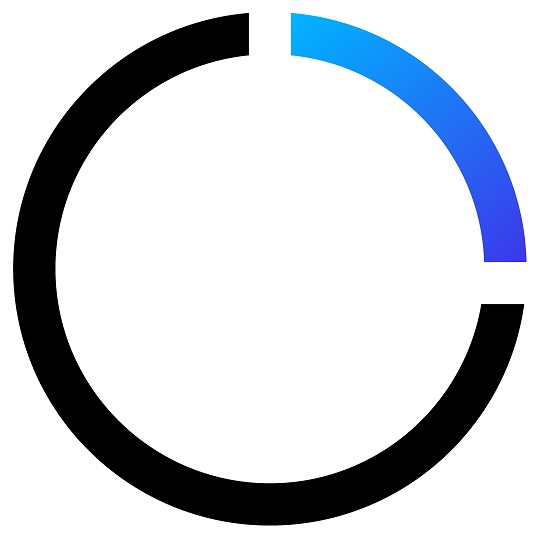Sales development is one of the more misunderstood roles in sales. Many people debate the definition of sales development while others argue which department it should report into or how much sales development reps should be compensated.
Either way, the sales development role is here to stay. In an effort to understand the sales development function and its role in the sales process, InsideSales.com Labs led a study in partnership with Tenbound, SalesForLife, BridgeGroup, Drift, Datanyze, and OneMob. The study focused on 900+ companies and reviewed the structure, systems, people, and pipeline of their respective sales development organizations.

Structure
- 1:3 sales development reps to account executives
- Majority a blend of inbound & outbound
- Most leverage an account-based or account-based + high velocity model
Using US census data, the estimated number of professional sales people in the U.S. in 2017 is 5.7 million and that number is expected to grow to 5.9 million by 2024. According to the research, inside sales professionals (reps who primarily sell remotely) represent 47.2% of the 5.7 million (2.7 million reps) and outside sales professionals (reps who primarily sell face-to-face) represent 52.8% (3.1 million reps).
Based on the survey responses, sales development reps are 25.1% of the 47.2% inside sales professionals making the ratio equal to one sales development rep for every three account executives. The total number of sales development reps is estimated to be 677,479.
Examining the data revealed that not every sales development rep is the same. The primary difference in sales development reps is the characteristic of inbound (reps who reach out to someone who knows your company) and the characteristic of outbound (reps who reach out to someone who doesn’t know your company). Of the 677,479, inbound sales development made up 17.1% (115,849 reps), outbound made up 28.8% (195,114 reps) and 54.1% (366,516 reps) were a blend of both.
Another difference in sales development reps is the go-to-market strategy of high-velocity versus account-based. 12.4% of companies reported they run a high-velocity model while 43.0% reported they run an account-based approach and 44.6% said they used both.

Systems
- Average annual spend on sales technology is $3,894 per rep per year (or 324.50 per month)
- This is 17.6% lower than the spend on sales technology for account executives
- The $3,894 covers an average of 5.8 tools per rep
Because of the nature of the sales development role, it often lends itself to more automation than other roles in the sales department. Examining the data revealed the overall estimated spend on sales development technology is $1.4 billion of the overall estimated 14.9 billion sales technology industry. Companies reported the average annual spend on sales technology was $3,894 per rep per year or $324.50 per month – which is 17.6% lower than the spend on sales technology for account executives.
The $3,894 covers an average of 5.8 tools per rep with the most popular tools being:
1. CRM
2. Social prospecting
3. Data/list services
4. Email engagement
5. Phone
6. Sales Cadence

People
- Average base for SDRs is $41,675 with OTE of $80,774
- Comanies report a 63.% quota attainment for SDRs
- Average tenure of SDR is 2.8 years with a 4.1 month ramp up time
The career path for sales development reps differs across companies and industries but one thing is for sure—not understanding and paying market rates for top talent will hurt companies in the long run.

The study revealed the average base salary for sales development reps is $41,675 with an average on-target-earnings (OTE) of $80,774 – a 60/40 split.
On average, companies used 2.7 metrics to calculate variable compensation. The most common metrics used were closed revenue (65.3%) with an average quota of $95,682, number of opportunities accepted (42.1%) with an average quota of 15.5 opportunities, and number of appointments held (33.7%) with an average quota of 19.5 appointments.
Considering all quotas, companies report 63.5% attainment for SDRs. With these compensation structures in place, the average tenure of a sales development rep is 2.8 years which includes a 4.1 month average ramp time.
Pipeline

- Average of 94.4 daily activities, including email, phone, voicemail and social media touches
- Average SDR responsible for 11 deals per quarter
To understand and provide benchmarking capabilities, companies reported sales pipeline numbers. Sales development reps did an average of 94.4 daily activities including an average of 36.2 emails (38.4%), 35.9 phone calls (38.0%), 15.3 voicemail messages (16.2%), and 7.0 social media touches (7.4%).
These activities led to an average of 14.1 meaningful conversations a day—14.9% conversation rate. The 14.1 conversations per day resulted in an average of 23.1 appointments set per month– 5.5% appointment rate. 72.3% of appointments set become opportunities passed to account executives and the typical sales development rep had 12.5 opportunities accepted per month–74.9% opportunity acceptance rate. Of the opportunities accepted, 29.3% closed, which means that the average SDR is responsible for about 11 deals per quarter.



